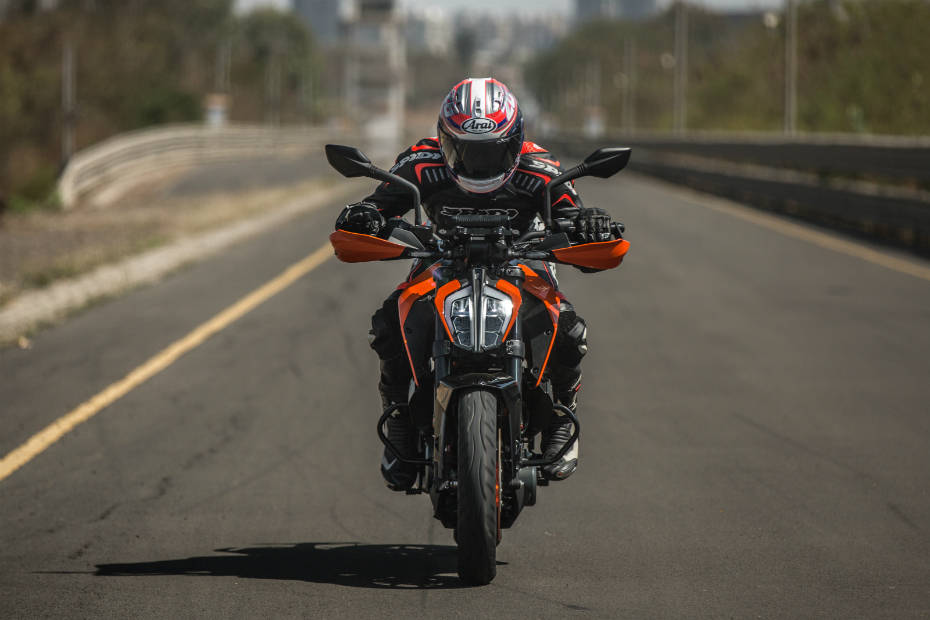What is Ride-By-Wire Throttle?
Modified On June 16, 2019 15:31 IST
By Gaurav Sadanand for KTM 390 Duke (2017-2023)
- 10421 Views
We take a closer look at the inner workings of ride-by-wire throttle, its advantages and disadvantages

Electronic rider aids have pretty much become the norm in bigger, more powerful motorcycles. From riders modes, cornering ABS to traction control, almost everything can be fine-tuned to suit the rider and keep him safe. Over the years though, some of this tech has trickled down to smaller performance-oriented bikes - case in point the KTM 390 Duke, which gets a ride-by-wire (RBW) throttle and a couple of other goodies. RBW throttle eliminates the use of a physical cable and instead uses electronic wizardry to control the air-fuel mixture sent to the engine.
We’re sure many of you are well aware of the technology, but for those who aren’t and still have questions, here’s a closer look at how RBW throttle works and how it is beneficial to modern day motorcycles.

Inner working of cable and ride-by-wire throttle:
Commuter motorcycles which use a conventional throttle cable have a direct link between the accelerator and the butterfly valve (regardless whether the bike uses a carburettor or fuel injection). As a result, any input on the throttle directly affects the supply of air-fuel mixture to the engine. What works against this system is its mechanical nature. In essence, if you were to grab a handful of the throttle, the sudden gush of air fed into the engine can briefly skew the air-fuel mix towards the leaner side (i.e. more air and less fuel) till the fuel supply system can catch up. This also leads to improper combustion and a less efficient engine.
In case of ride-by-wire throttle, there are no mechanical linkages between the throttle valve and the accelerator. While the system still relies on throttle inputs, it uses sensors, an ECU and actuators to control the air/fuel supply. Simply put, when you twist the throttle, a sensor reads the movement in the hand throttle and relays this information to the ECU. The ECU then considers the engine speed, gear selection amongst other factors (such as unconsumed oxygen in the exhaust) and sends a signal to the electronic throttle body which adjusts the throttle opening accordingly. Precise control over the air/fuel mixture allows for more performance and better fuel efficiency. The tech was first seen on the Yamaha YZF-R6 back in 2006.

Benefits of ride-by-wire throttle:
Its advantages include precise control over the air/fuel mixture, better fuel-efficiency, lower tailpipe emissions and the ability to incorporate cruise control and different riding modes which allow changing throttle response.
Disadvantages:
The sole disadvantage of a ride-by-wire system is that it's expensive to manufacture and difficult to replace or fix.
